SEARCH






|
|
|
|


Many thanks to Head Curator Mikhail Potapov for writing and sharing this most interesting article.
Edited and published by Yvette Depaepe, the 14th of October 2022
Fine art photography is a name many photographers use to elevate their work by trying to sell it through galleries. But what is artistic photography in reality? In this article, I explore the world of artistic photography, in simple words I will try to explain what it is, and where a young photographer should start if he wants to choose this path of development.
This is my personal project “Dialogue of Two Worlds” in black and white, as this is the language of my inner vision, without colour embellishments. Black and white photography takes the viewer away from reality and evokes timeless, mysterious images, and through it I can fully express my vision. It is important for me that there is no reference to time in my photographs.
by Mikhail Potapov
ART PHOTOGRAPHY AS AN ART FORM
Table of contents
The artist's vision
The art of creating artistic photographs
Getting out of your comfort zone
Preparing your photos for the fine art world - Gallery for the artist Fine art assessment
Conclusion
The artist's vision
The main criterion that distinguishes this photography from other areas is that artistic photography is not a statement of reality. Visual art moves away from documentary photojournalism and is based primarily on the artist and what the artist sees in their inner self, being and world. A true artistic photograph fully expresses the feelings and vision of the author, demonstrating that it was created by the artist and not by the camera.
Thus, we have come to the core of artistic photography - the vision of the photographer. It's all about the message and the feelings that the viewer should experience when they see this artistic image. Many artists have struggled at some point in their careers with finding their vision and inspiration, and if you feel that way, don't worry, you're on the right track, that's what all aspiring artists go through.
Vision - what is it from the point of view of art? Art is an expression of oneself. In order for you to express yourself, you must understand what you want to express, be aware of it, demonstrating to the viewer in the form of a message.
The art of creating artistic photographs
So where does art photography begin? First, you need to create a unique project with your own creative vision and personal style.
This project should consist of a series of images that will be united by a single theme. But sometimes even one image is enough to tell the story and the deep meaning of the author's message. For an artist to make an impact in the visual arts world, he needs to work for a long period of time, followed by his entry into the high-level art world. Ideally, your work should be so impressive and powerful that anyone who views it will tell you that you are an artist, without the need to sign your work. The modern world is flooded with would-be fine art photographers. But how do you stand out in this crowd? Your talent, hard work, self-criticism, mentorship, advice from other artists and self-confidence.
'Cube °100' by Jörg Heidenberger
Fine art photography is a tricky niche, no book, no photography school can teach you better than yourself by studying the work of previous masters, studying their creative work, and breaking down images into their main components - but it's extremely important to never copy. I will refer to my thoughts from a 2019 interview given for Rosphoto.com: “What to do? See other people's work of photographers? Try to repeat? Most will say that repeating is the right way, but everyone understands that the opinion of the majority is sometimes erroneous, and above all because this opinion is not one's own. By copying or reshooting, you are not doing anything new, original, and if you are not doing anything original, then you are not doing anything!” To some, my words will seem too despotic, but you, as a true artist, must keep yourself within strict limits.
by Elena Haritonova
In the process of learning and looking for inspiration, do not stop with photographers - you can learn by visualizing the compositions used in cinema, architecture and sculptor. The goal is not to rethink what other masters of photography have done, even if it may be useful for you, but only when you are just starting out. The purpose is different, to give your mind inspiration, to give you a motivated idea that will be yours, that will best suit your individual artist style, referring to your life experiences making you the artist you will soon be. For starters, take a look at the work of Ansel Adams, Sebastian Salgado, Nick Brandt, Jan Saudek, Hiroshi Sugimoto, Rodney Smith, and finally Joel-Peter Witken. For me, these are the masters of artistic photography, and they all brought something new and exciting to it.
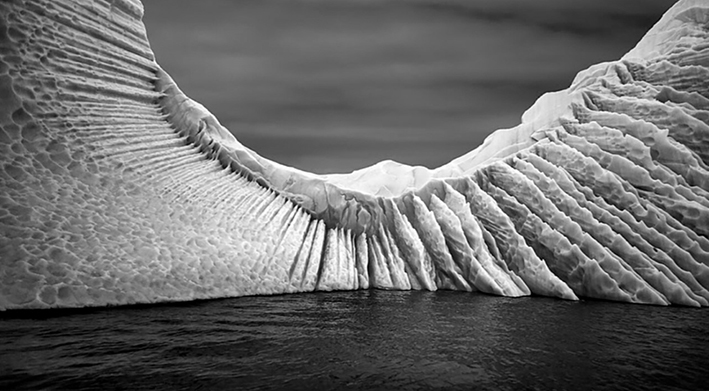 by Ansel Adam
by Ansel Adam
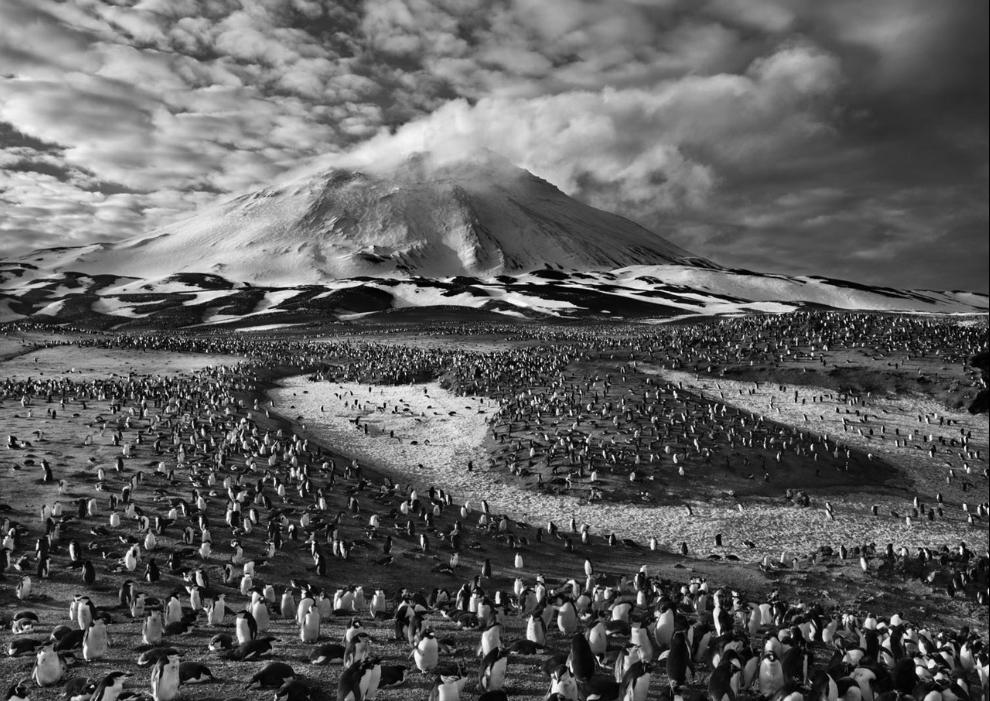 by Sebastian Salgado
by Sebastian Salgado
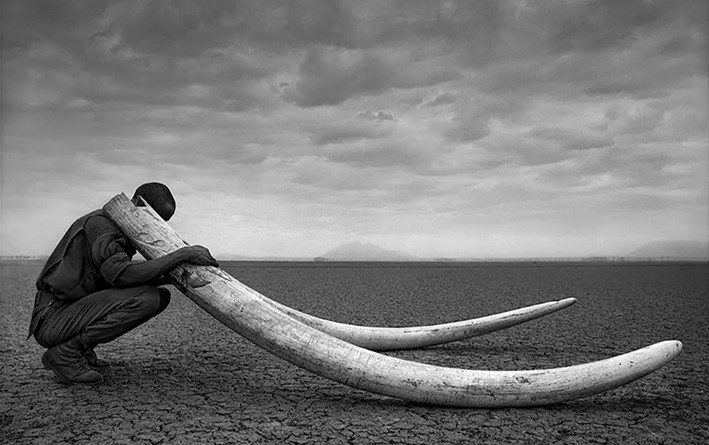 by Nick Brandt
by Nick Brandt
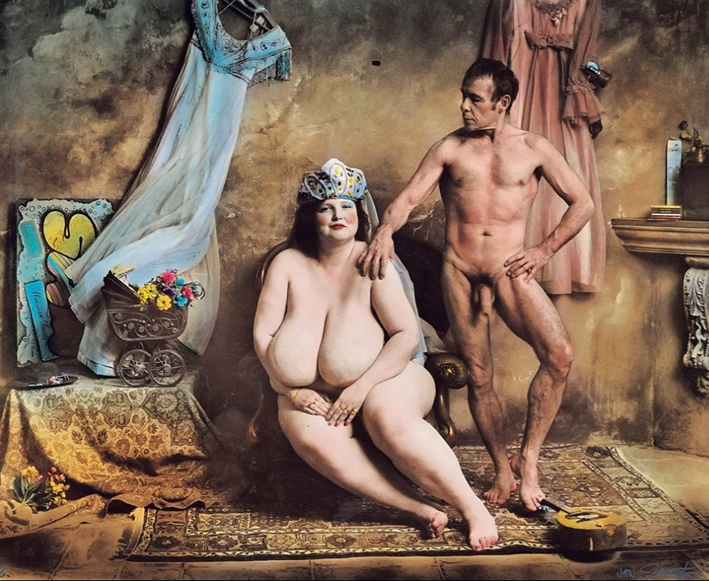 by Jan Saudek
by Jan Saudek
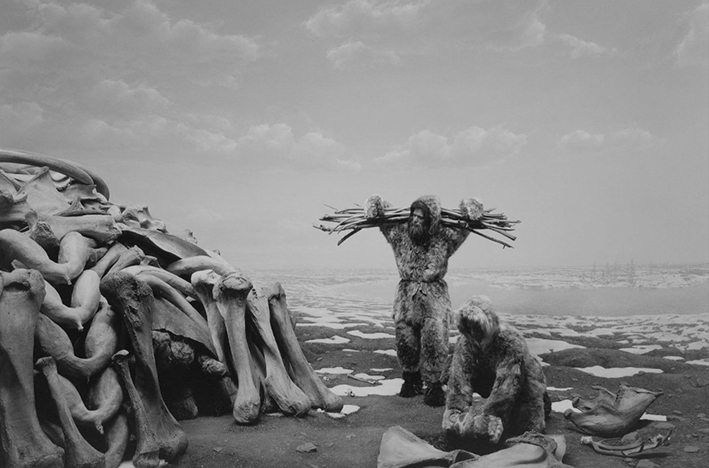
by Hiroshi Sugimoto
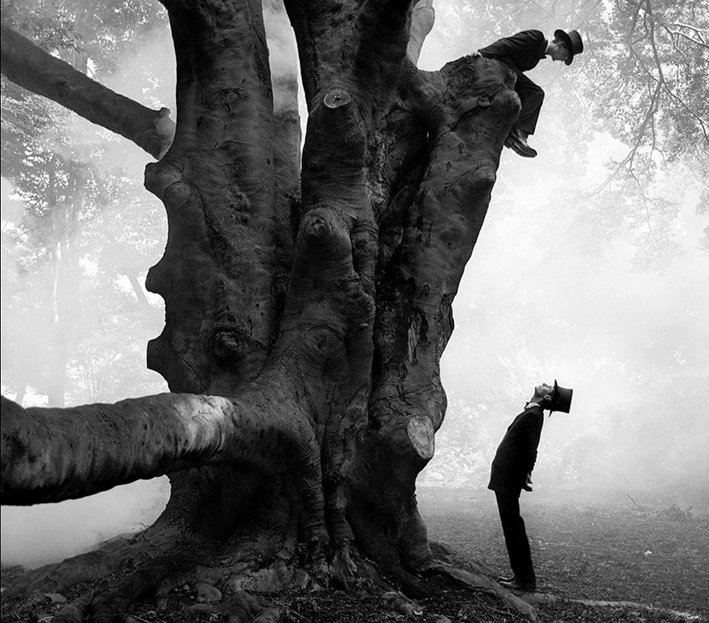 by Rodney Smith
by Rodney Smith
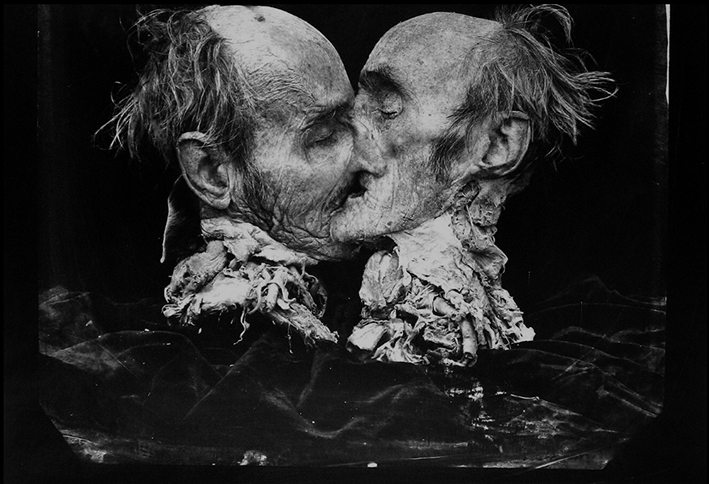
Getting out of your comfort zone
Regardless of your genre of photography, you should always be open to something new. Switching to a different shooting style will force you to think outside the box and step out of your comfort zone. That is why in my creative work I practice different styles, it gives me the opportunity to switch and get the emotions I need in other images. One way to challenge yourself is to start shooting in a different genre than the one you're used to.
Changing the shooting method or genre can be a bit inconvenient, but it will draw attention to things you didn't know about when shooting in your usual comfort zone.
Preparing your photos for the fine art world
Now that you've defined your vision and started creating art projects, it's important for you to show your work to the viewer. At the present time, for an artist, one of the important assistants and tools is access via the Internet to your site, also any social networks will be important.
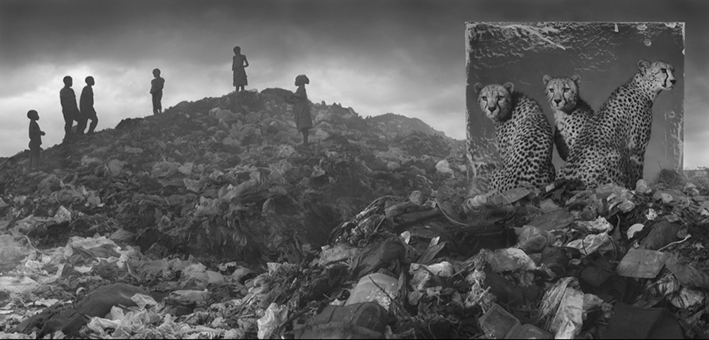 by Nick Brandt
by Nick Brandt
Next, learn the art of photo printing. For the past 10 years, most digital images have simply been displayed on the Internet. Today, printing seems to have faded into the background, but before that time, analogue film was processed and most often printed.
Printing is not as complex as it first appears, and should be the end point of every fine art photographer's image production and distribution process. Printing method and choice of paper is a deeply personal choice, and silver gelatin and platinum palladium prints are especially attractive to fine art photographers.
Explore the art of printing or use a professional printer that is capable of printing fine art on archival and museum-quality papers such as Hahnemuhle paper.
Formulate your works of art in words. Writing your statement as an artist will help you form your ideas and express them in a way that is easy to understand. When a viewer goes to a gallery, they will see your work and wonder what it is about, so they are looking for the artist's statement. This will help the viewer figure out what the intentions of the artist were when creating the artwork.
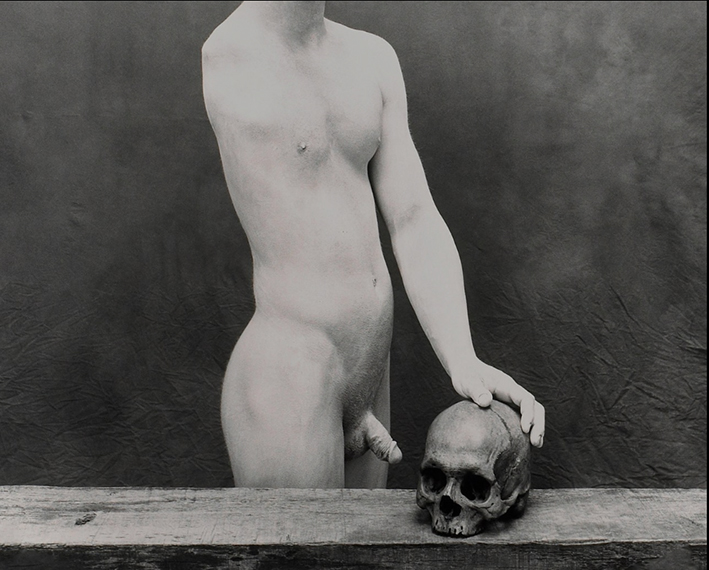
Submit your work to the art gallery. Once your work is completed and ready to be shown to the world, you will most likely want to find a gallery to exhibit this art. Find the gallery that suits you, your outcome, and your goals.
Explore galleries well before you get to them, as not every gallery is a good fit for you or your artistic photography style. Not all galleries are also interested in fine art photography as every gallery and gallery owner has their own aesthetics and interests. It's also extremely important to develop a relationship with the gallery you want to exhibit at in advance, so don't expect to be looked for. But one must understand that the gallery itself decides when there is sufficient interest in the work of a particular fine art photographer.
It will take you many years to become a household name in fine art photography circles, and beyond a certain threshold in the price of a print, collectors buy your name's reputation beyond the print itself - and that takes years of hard work. Years of publishing books, holding exhibitions and gaining the respect of critics and the photographic community, so that when a collector sees your prints on the gallery wall, he understands everything that is behind the name of the artist.
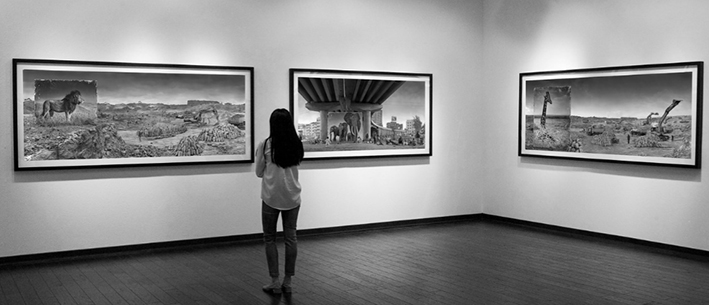 by Nick Brandt
by Nick Brandt
Make sure you have your audience to bring to the gallery. This is something you can create yourself, especially with online tools. Create mailing lists and follow people who show interest in your work. The artist must always create his own audience and be able to control that audience.
Once you've established a relationship with a gallery, find out what the gallery submission rules are. Do not break the rules in this matter and prepare your material, including high-quality images that include the title and dimensions of the work. When you start exhibiting in a gallery, you should have a solid online portfolio as well as a hard copy, as well as your biography, resume, and artist statement. You must have your own website, this is important and a sign of your professionalism.
Most galleries expect commissions between 40% and 60%, so pay your commissions on time to attract clients and promote your work. Agree in advance what the gallery will do for you in terms of public relations and marketing when negotiating with the buyer. If they get a high percentage, you need to make sure they earn it. You need to know what they are doing to make sure your fine art photos are shown to potential buyers and not just viewers. That being said, don't forget that you, too, have to do your part to attract the right people.
by Holger Droste
Fine art photography is a tricky genre, and as you travel through the industry, it's important to always remember that failure is temporary. Failing to get into the gallery simply means that it didn't work out this time. Don't take it personally, don't let anyone talk you out of your goals. Figure out what went wrong, what you could do better, learn from experience, adapt, improve and iterate.
Develop extra income from photography. Freelancing allows you to pursue a parallel career as a photographer, go beyond selling your prints, it will provide you with additional income. It is important to secure yourself financially and earn income from your camera, this will give you the freedom and time to work on your personal projects.
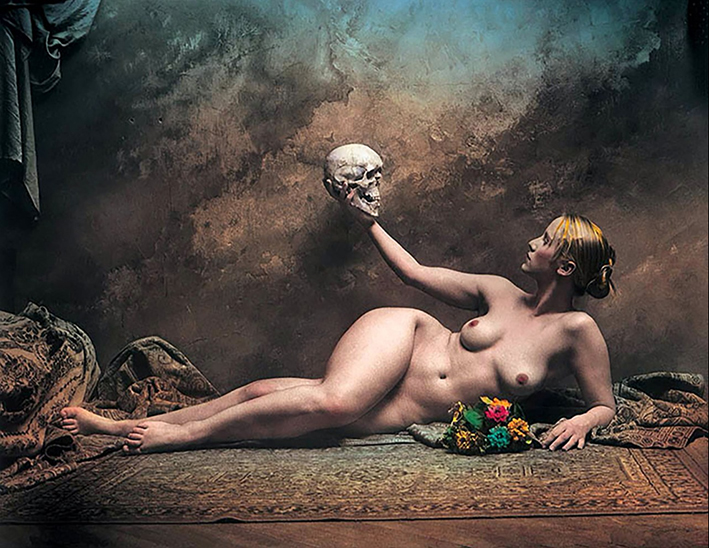
by Jan Saudek
Fine art assessment
Know your price! When you're evaluating prints for sale, don't be greedy. Initially, you need momentum and exposure, not money. You want collectors to buy your work and spread the word - setting a price of hundreds of thousands of dollars in the first year will not bring you any sales or positive reviews.
Be professional right from the start. Treat your fine art prints with respect, print them professionally, limit circulation and stick to it (e.g. limited edition to 12 copies or less). Keep track of what prints you sell and to whom. Always respond to correspondence promptly and be polite to your audience.
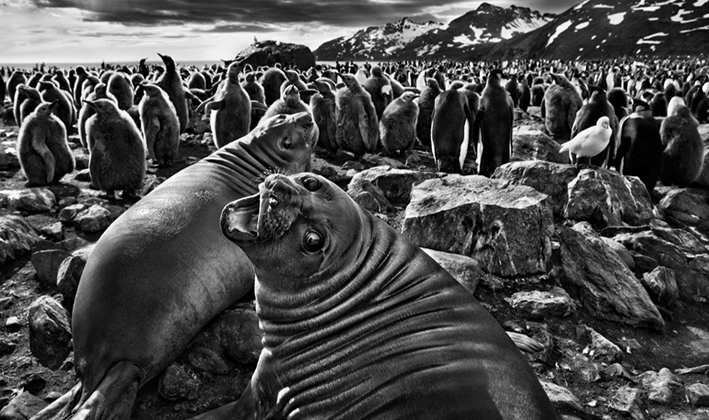
by Sebastian Salgado
Think about what made you come into art photography. Each of us has a unique reason why we got into photography and another reason why we stick with it. Recall what event attracted you then so that you can rekindle that love and return to the enthusiasm you felt at the beginning.
Describing my personal experience, photography entered my world at the moment when there was a desire to get away from the former way of existence, I got tired of living a consumer life without producing anything personally! Photography dragged me into its creative cycle, radically changed my interests and outlook. And later my values became less, but the fundamental ones stood out.
Conclusion
Fine art photography is a very important genre in photography and should not seem intimidating or out of reach. You should not be afraid of the upcoming difficulties that will happen to you in the process.'
It will require hard work, dedication from you, but the end result is within reach and your work will be rewarded.
Mikhail Potapov
Художественная фотография — Фотоискусство (potapov.store)
 | Write |
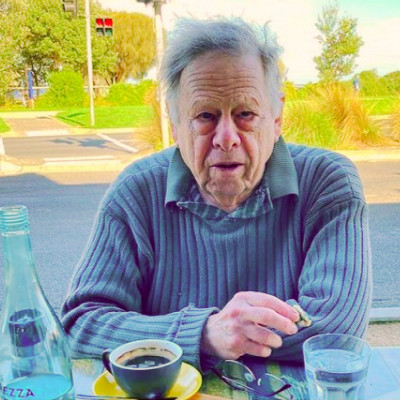 | Peter Hammer PRO Excellent article and great photographs to go with it. |
 | Alessandro Traverso PRO Beautiful article, thanks very much Mikhail for sharing it. |
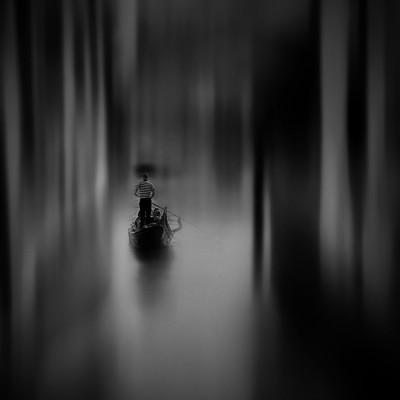 | Francesca Ferrari PRO Intervista molto interessante e culturale. Grazie mille Mikhail, complimenti a tutti gli autori |
 | Ibrahim Algali Thank you, artist, for the article full of advice. I am a young photographer. It helped me very much |
 | Alexander Schönberg great interview dear Mikhail!!! |
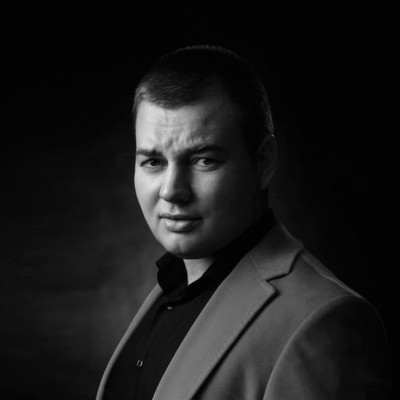 | Mikhail Potapov CREW Thank you my Friend! |
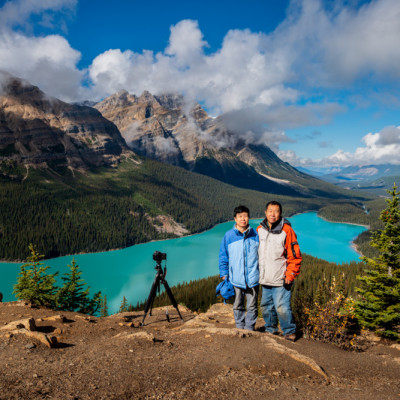 | Wanghan Li PRO Excellent collection and valuable words! Enlarged my vision! Thanks a lot! |
 | Mikhail Potapov CREW Thank you Wanghan Li! |
 | Yvette Depaepe CREW Thanks once more for your fine collaboration with the 1x magazine and myself, dear Mikhail. Top article !!! Cheers, Yvette |
 | Mikhail Potapov CREW Hi Yvette! I am very glad to see the publication. I hope my article will be useful. Sincerely, Mikhail |
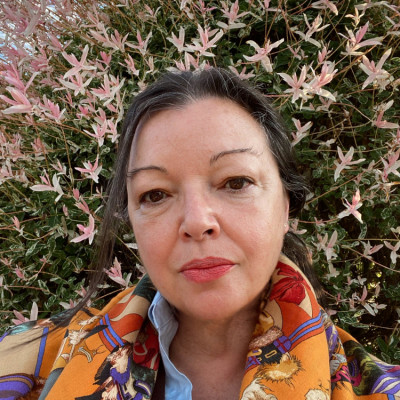 | Ludmila Shumilova PRO Great article, Mikhail! And great choice of art photography to illustrate it! |
 | Mikhail Potapov CREW Thank you Ludmila! |
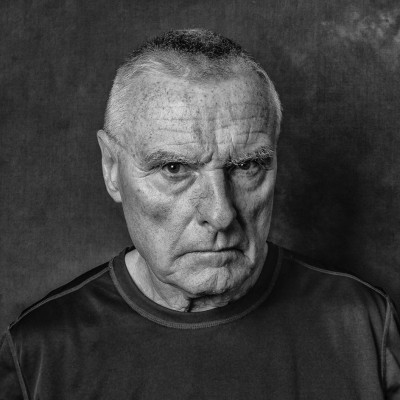 | Daniel Springgay CREW Wow what an Amazing Collection of Wonderful Artistic Works - Congratulations to one and all... |
 | Mikhail Potapov CREW Thank you Daniel! |